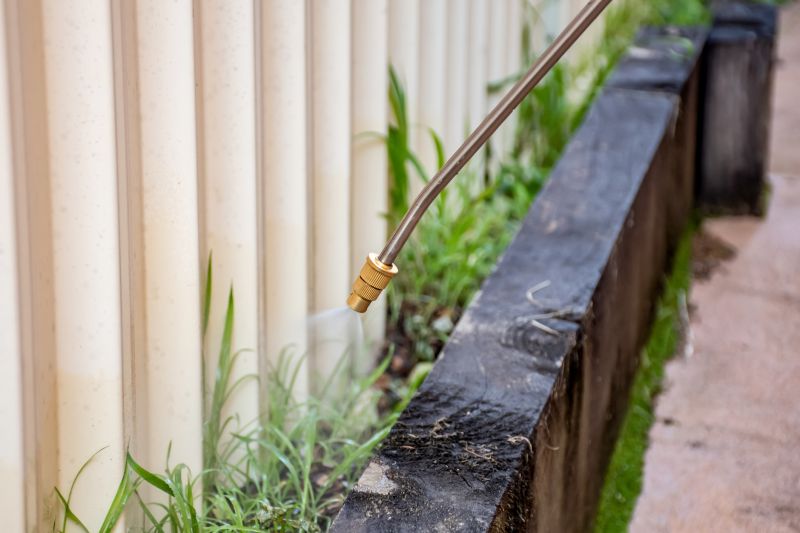Timing Strategies for Effective Weed Control
Effective weed control depends heavily on timing. Implementing weed management strategies at optimal times can significantly reduce weed populations and improve the health of desired plantings. The timing varies based on weed species, local climate, and specific control methods used.
Applying weed controls in early spring targets young weeds before they establish strong root systems, increasing effectiveness.
Pre-emergent controls are most effective when applied before weed seeds germinate, usually in early spring or late fall.
Post-emergent treatments are best when weeds are actively growing, typically during late spring and early summer.
Late-season control can prevent weed seed production and reduce the next season's weed pressure.

Ways to make Weed Controls work in tight or awkward layouts.

Popular materials for Weed Controls and why they hold up over time.

Simple add-ons that improve Weed Controls without blowing the budget.

High-end options that actually feel worth it for Weed Controls.

Finishes and colors that play nicely with Weed Controls.

Little measurements that prevent headaches on Weed Controls day.
| Timing Phase | Recommended Control Method |
|---|---|
| Early Spring | Pre-emergent herbicides or manual removal |
| Late Spring | Post-emergent herbicides targeting active weeds |
| Summer | Spot treatments and targeted control |
| Fall | Preventative treatments to inhibit seed production |
| After Rainfall | Follow-up control to manage new weed growth |
Weed controls are most effective when timed to coincide with specific growth stages of weeds. Early interventions can prevent weeds from establishing, reducing the need for more aggressive treatments later. Proper timing also minimizes herbicide use and environmental impact, leading to more sustainable weed management.
